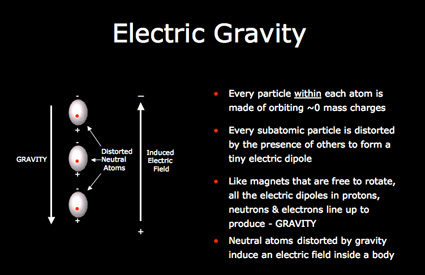Gravitational field[edit]
The gravitational field is a vector field that describes the gravitational force which would be applied on an object in any given point in space, per unit mass. It is actually equal to the gravitational acceleration at that point.
It is a generalisation of the vector form, which becomes particularly useful if more than 2 objects are involved (such as a rocket between the Earth and the Moon). For 2 objects (e.g. object 2 is a rocket, object 1 the Earth), we simply write r instead of r12 and m instead of m2 and define the gravitational field g(r) as:
so that we can write:
This formulation is dependent on the objects causing the field. The field has units of acceleration; in SI, this is m/s2.
Gravitational fields are also conservative; that is, the work done by gravity from one position to another is path-independent. This has the consequence that there exists a gravitational potential field V(r) such that
If m1 is a point mass or the mass of a sphere with homogeneous mass distribution, the force field g(r) outside the sphere is isotropic, i.e., depends only on the distance r from the center of the sphere. In that case
the gravitational field is on, inside and outside of symmetric masses.
As per Gauss Law, field in a symmetric body can be found by the mathematical equation:
where is a closed surface and is the mass enclosed by the surface.
Hence, for a hollow sphere of radius and total mass ,
For a uniform solid sphere of radius and total mass ,












No comments:
Post a Comment
Watch the water = Lake 👩 🌊🦆